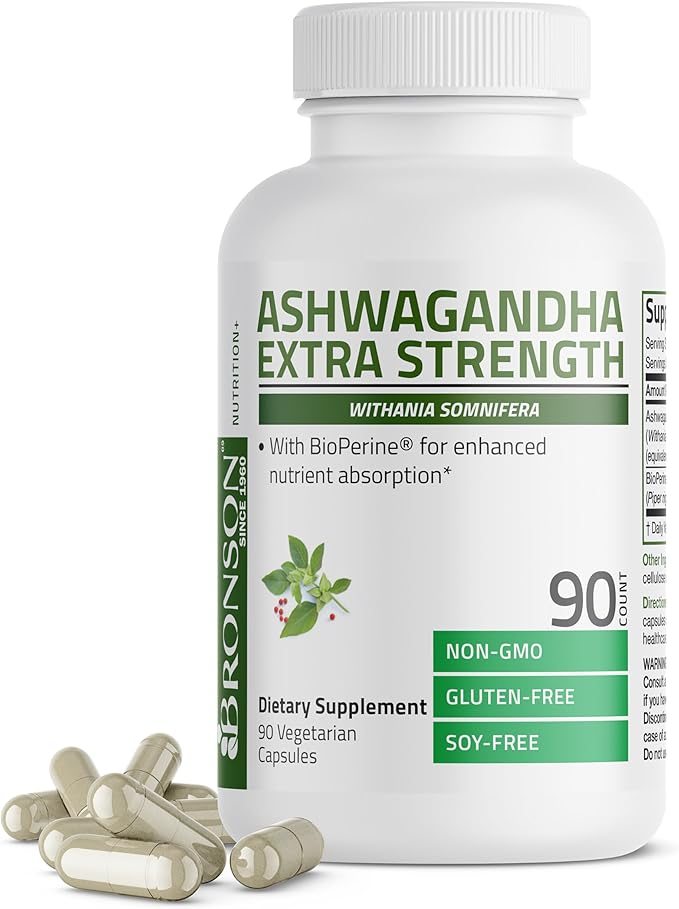Can you take Alpha Linolenic Acid and 10-HDA together?
Interaction Details
Taking Alpha Linolenic Acid and 10-HDA together has the potential for good synergy, suggesting a rating of 4 out of 5.
Alpha Linolenic Acid (ALA) is an omega-3 fatty acid with anti-inflammatory properties, while 10-HDA is a compound found in bee products with potential anti-inflammatory and immunomodulatory effects. When taken together, they may exhibit complementary actions, with ALA supporting heart health and 10-HDA contributing to immune system modulation. The combination could lead to enhanced anti-inflammatory effects, potentially synergizing to reduce inflammation and promote overall well-being. The fatty acid profile of ALA may also interact positively with the biochemical properties of 10-HDA, leading to a beneficial synergy.
Potential Benefits
Potential Risks
Alpha Linolenic Acid
Alpha-Linolenic Acid (ALA) is an omega-3 fatty acid found in plant-based foods such as flaxseeds and walnuts. It is considered an essential fatty acid because the human body cannot produce it on its own.
Some benefits of ALA include supporting heart health and reducing inflammation.
10-HDA
10-HDA (10-Hydroxy-2-decenoic acid) is a fatty acid found in royal jelly, a substance produced by bees. It has been studied for its potential health benefits.
Some of the benefits of 10-HDA include:
- Antibacterial and antifungal properties.
10-HDA has been shown to exhibit antibacterial and antifungal activity, which may help protect against infections. - Anti-inflammatory effects.
10-HDA has been found to reduce inflammation, which may help alleviate symptoms associated with various conditions. - Immune system support.
10-HDA may help stimulate the immune system, which can help the body fight off infections and diseases.
